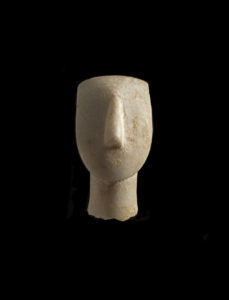Branding is important, and language matters. Let’s start from that point.
Last fall, I was privileged to speak to the Private Art Dealers Association, which used to be made up largely of Old Master dealers, about getting more people interested in the art they sell. And language came up.
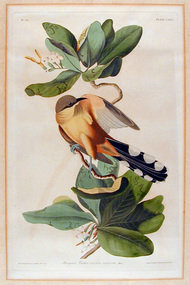 Apparently, some people today don’t want to buy “Old” Masters. Have you noticed that Christie’s, while still labeling its department “Old Masters,” has created a week called “Masters” week, dropping the old. And, when it existed, the spring fair at the Park Avenue Armory was called “Sping Masters,” no reference to the dreaded “old” word.
Apparently, some people today don’t want to buy “Old” Masters. Have you noticed that Christie’s, while still labeling its department “Old Masters,” has created a week called “Masters” week, dropping the old. And, when it existed, the spring fair at the Park Avenue Armory was called “Sping Masters,” no reference to the dreaded “old” word.
In the fall, some people suggested “historical art” or “traditional art.” Others proposed “classic art.”
But I was truly surprised by the word last week from the Worcester Art Museum: it received an $825,000 grant from the Luce Foundation “in support of pre-contemporary American art.” Huh? Are we now dating art of the past by referencing today’s art?
The grant has an excellent purpose–here’s ArtForum:
“Since its earliest days, the museum has prioritized the acquisition of American art and, as a result, we have an exemplary collection of paintings, prints, drawings, and decorative arts from the 1600s to the present day,” said Jon L. Seydl, director of curatorial affairs and curator of European Art at WAM, in a statement. “However, many of these works have received less attention for research and exhibition in the last twenty years as the museum focused on presenting its colonial and 20th Century holdings. This crucial support from the Luce Foundation makes it possible for the museum, led by our curator of American art, Elizabeth Athens, to re-engage vigorously with many of these compelling works and explore new ways to present them to the public.”
But I am still shocked by the terminology. I think we have a branding problem.
Photo Credit: Audubon Print Courtesy of the Worcester Art Museum

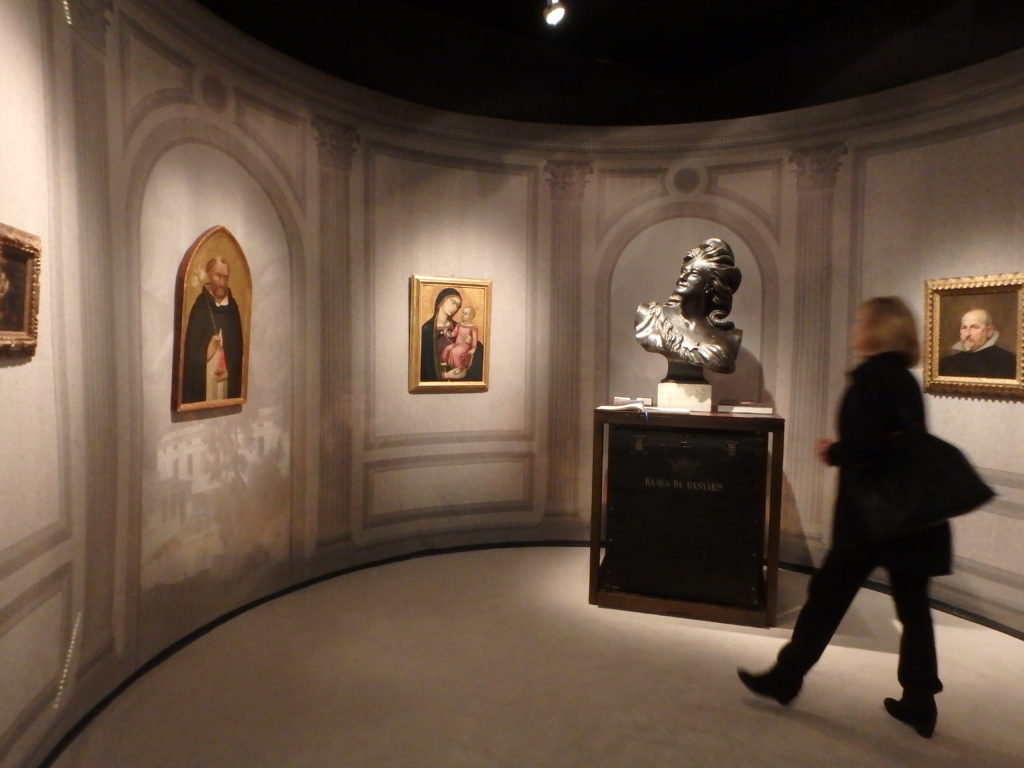
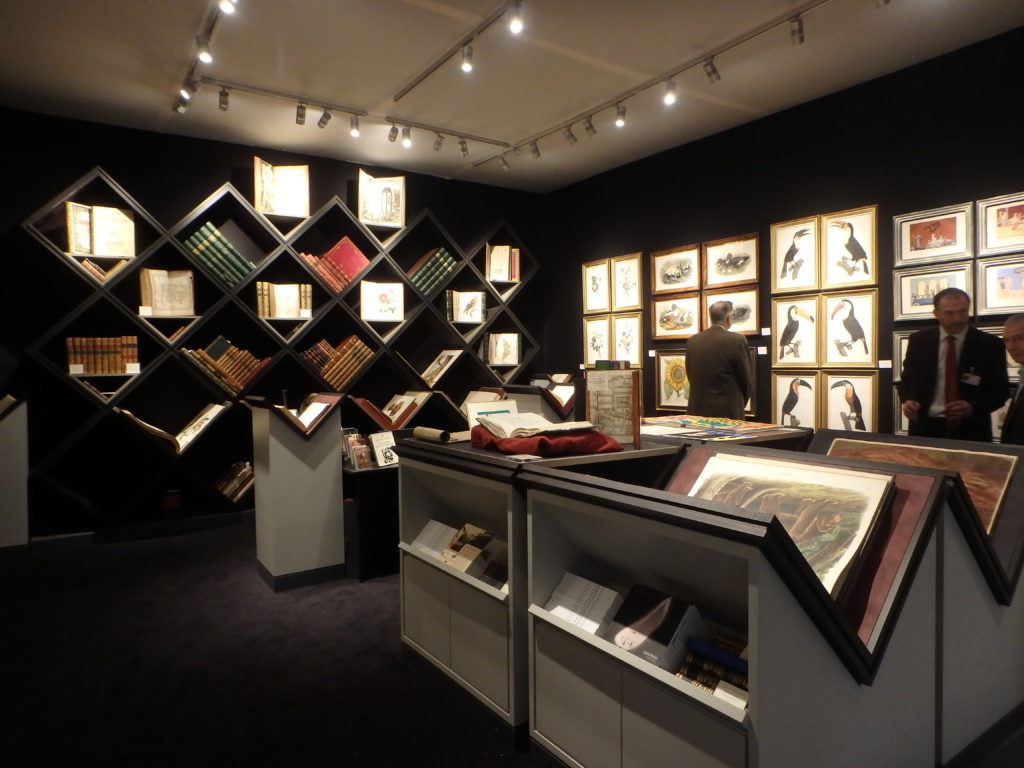
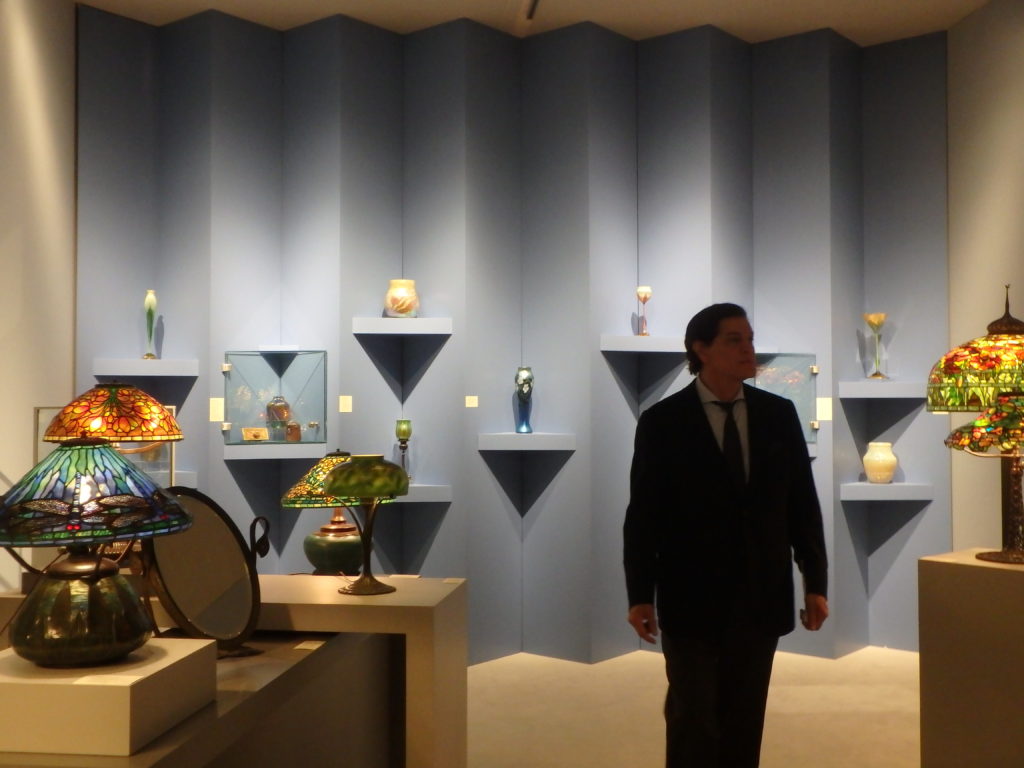
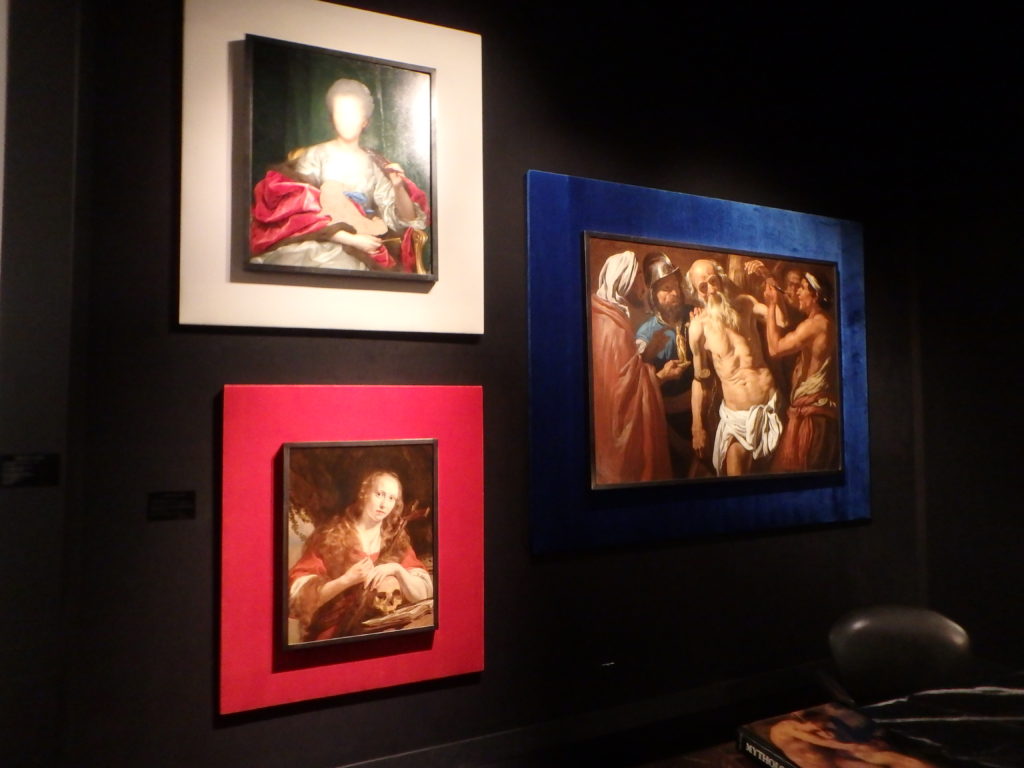
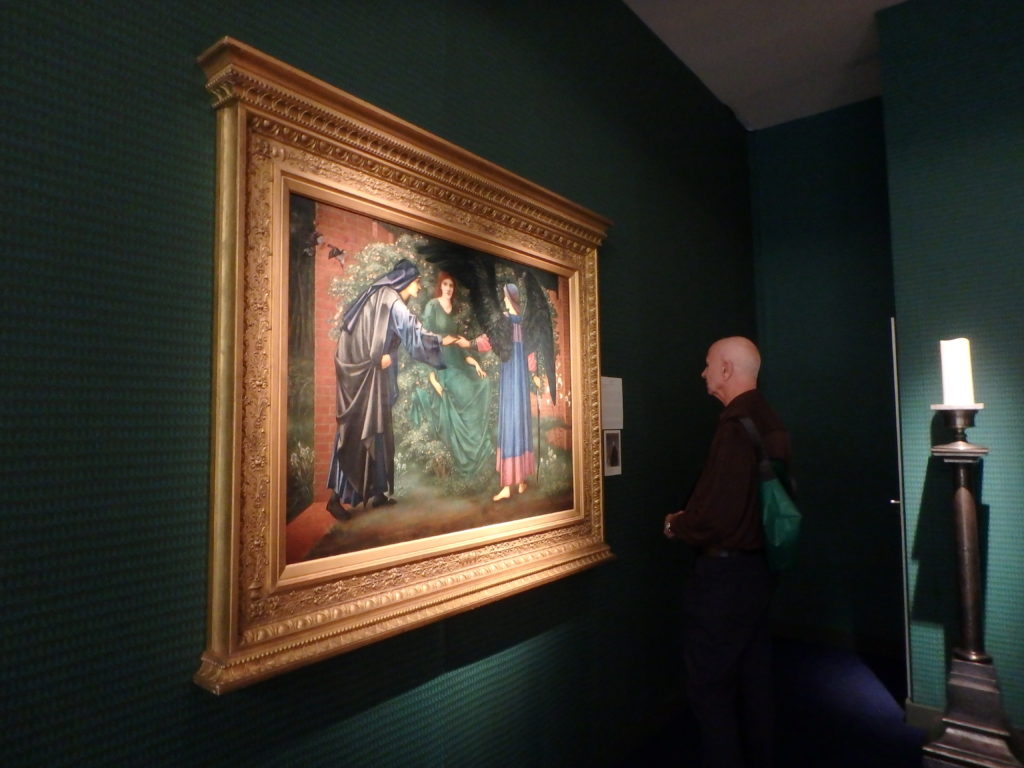
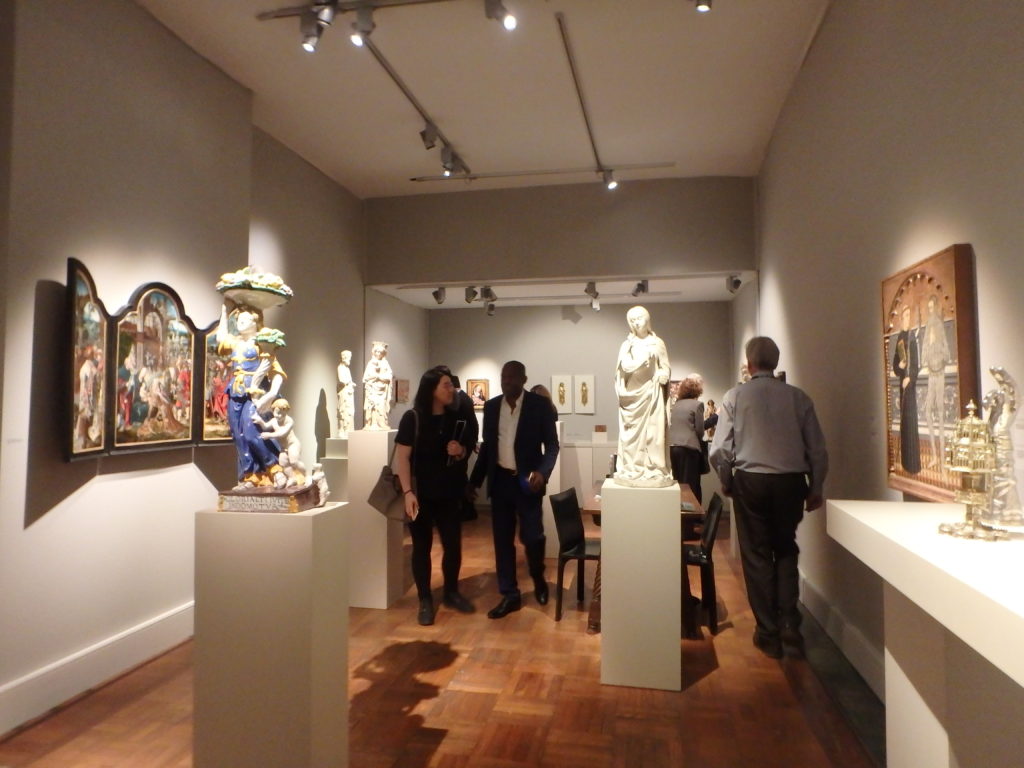
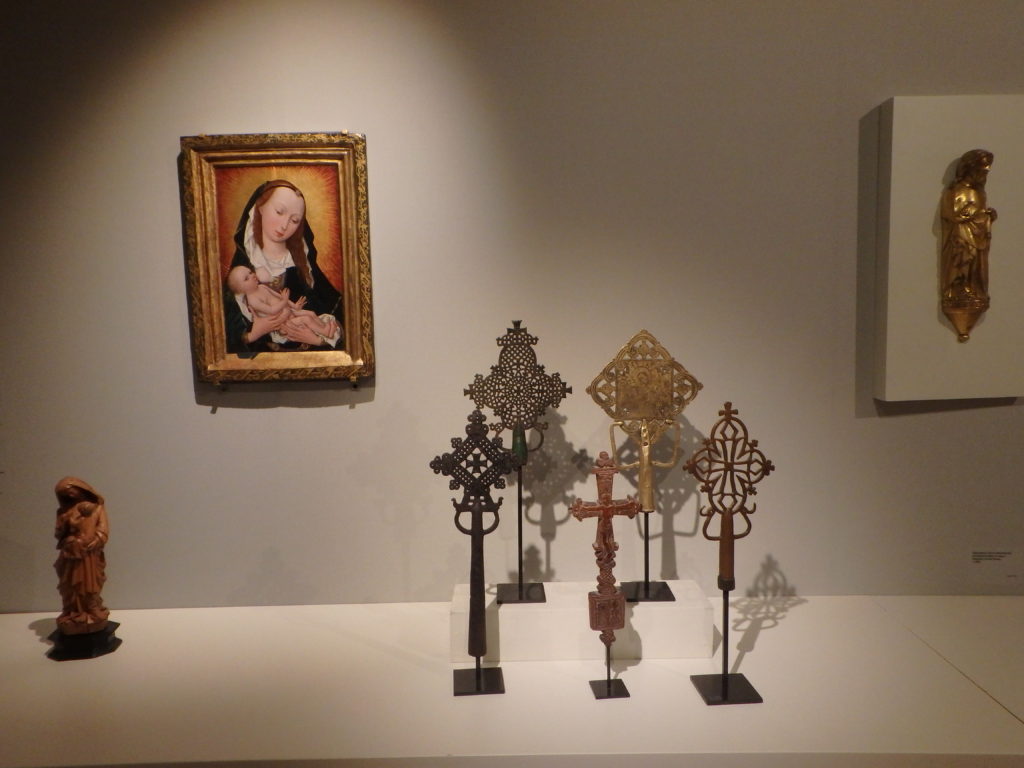
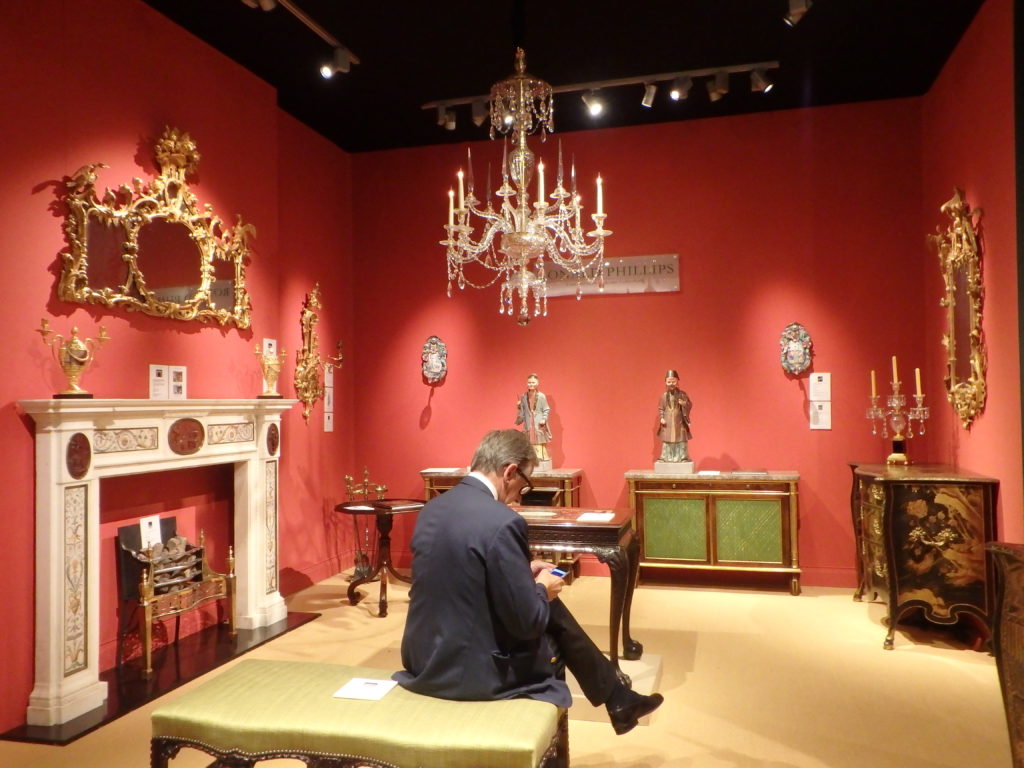
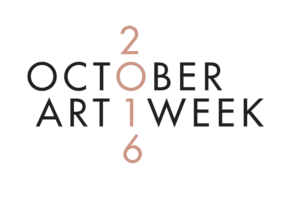
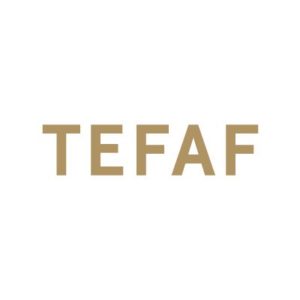
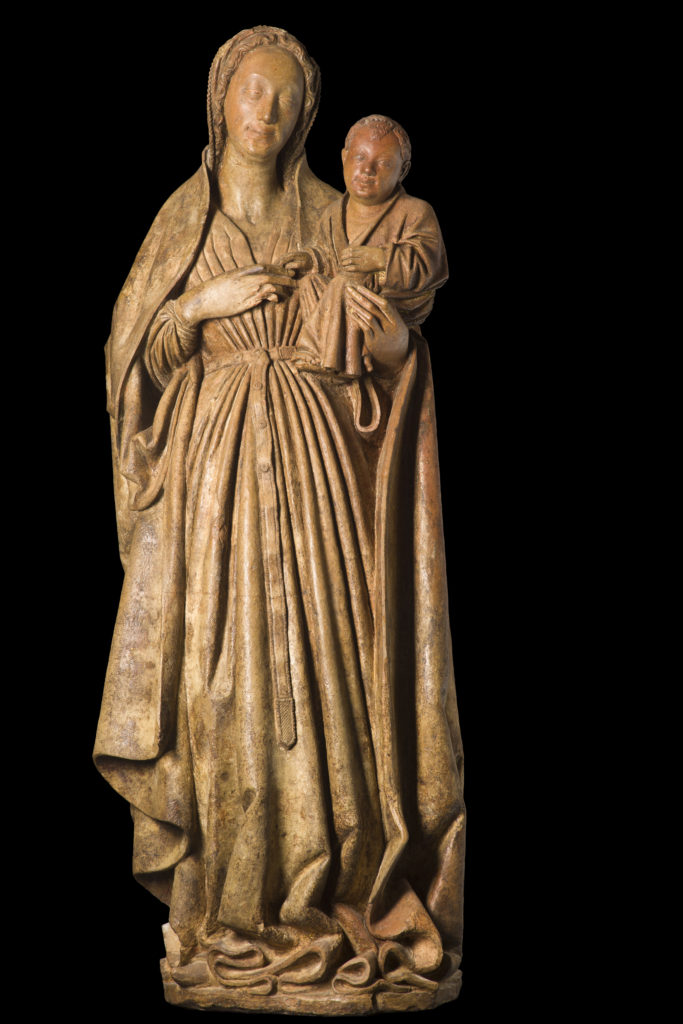
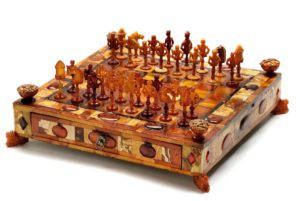 “We want to establish Tefaf’s brand all over the world,†Patrick van Maris, Tefaf’s chief executive, told me. The most interesting statistic to me in the article was that just 2,000 to 2,500 of Maastricht’s annual visitors are from the U.S., and we buy more art than anyone else in the world. To come here. Tefaf is collaborating with Artvest Partners and, interestingly, its co-founders, despite a combined total of 35 years in the art world, were Tefaf neophytes. Michael Plummer visited for the first time in 2016; Jeff Rabin, in 2016–after Artvest signed the deal with Tefaf. “We knew that a lot of New Yorkers had never been either,†said Mr. Plummer. “It’s a big commitment of time.”
“We want to establish Tefaf’s brand all over the world,†Patrick van Maris, Tefaf’s chief executive, told me. The most interesting statistic to me in the article was that just 2,000 to 2,500 of Maastricht’s annual visitors are from the U.S., and we buy more art than anyone else in the world. To come here. Tefaf is collaborating with Artvest Partners and, interestingly, its co-founders, despite a combined total of 35 years in the art world, were Tefaf neophytes. Michael Plummer visited for the first time in 2016; Jeff Rabin, in 2016–after Artvest signed the deal with Tefaf. “We knew that a lot of New Yorkers had never been either,†said Mr. Plummer. “It’s a big commitment of time.”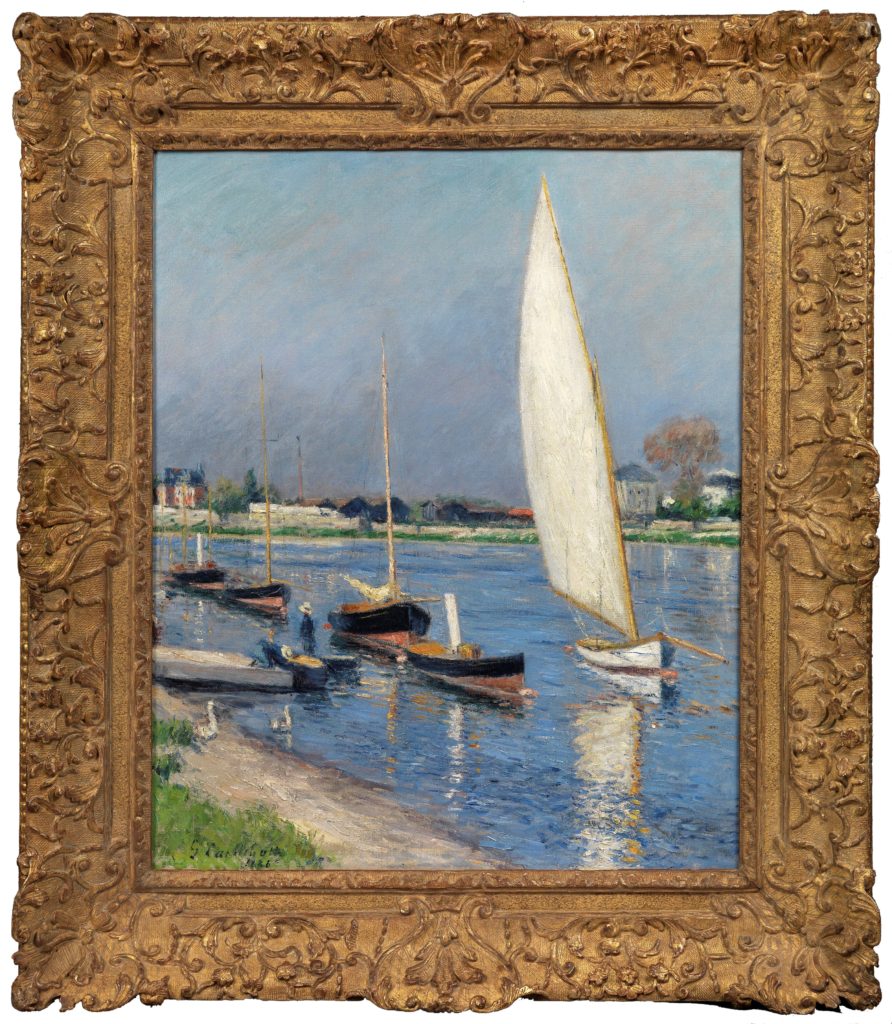 The Armory is giving over virtually all of its available space to Tefaf–especially the recently restored period rooms on the second floor. But how is Tefaf going to get people to go upstairs? Visitors are used to taking in the Drill Hall, but not the upstairs. Well, it has two good, I think, plans. First, a group of leading dealers volunteered to go up there–the galleries there are bigger than the booths downstairs and they will bring very fine works of art and jewelry in a “curated” group show called “The Master Collective.”
The Armory is giving over virtually all of its available space to Tefaf–especially the recently restored period rooms on the second floor. But how is Tefaf going to get people to go upstairs? Visitors are used to taking in the Drill Hall, but not the upstairs. Well, it has two good, I think, plans. First, a group of leading dealers volunteered to go up there–the galleries there are bigger than the booths downstairs and they will bring very fine works of art and jewelry in a “curated” group show called “The Master Collective.”